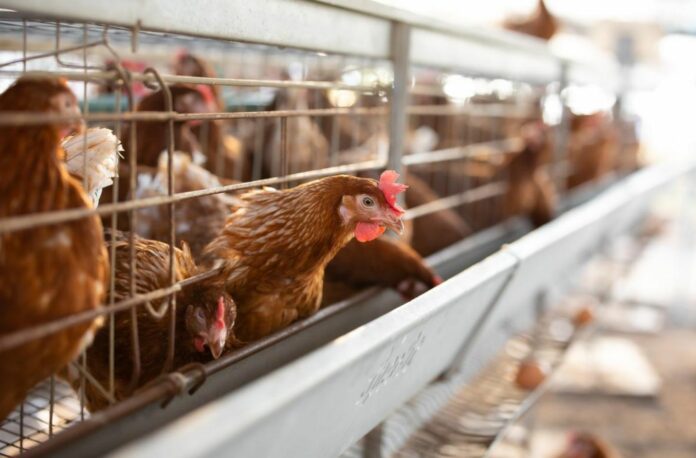Here’s the Real Reason Bird Flu Hasn’t Spread to Humans…Yet
Since 1918, avian influenza, commonly known as bird flu, has led to four global health crises, resulting in the loss of millions of lives.
A study spearheaded by the University of Glasgow disclosed how these pandemics and regular seasonal flu viruses have evolved strategies to evade a significant biological defense system. The research team is optimistic that we’ll soon have the ability to forecast which bird flu viruses pose the most severe risk.
The researchers delved into spillover events, which occur when an individual contracts a disease from an animal. This interspecies leap is crucial for the onset of a new global health crisis.
Through lab experiments, they identified a segment of our genetic blueprint – our DNA – that reacts to infection. This segment is known as BTN3A3, an acronym that even the researchers admit is somewhat cumbersome.
The findings, which appeared in the journal Nature, demonstrated that BTN3A3 is triggered in our respiratory system, which includes our nose, throat, and lungs, and that it reduces the replication ability of bird flu viruses.
Dr. Rute Maria Pinto, one of the researchers, stated that almost all bird flu viruses are incapable of overcoming this defense mechanism, thereby usually preventing them from spreading.
She further explained, “The big majority of human viruses and in fact all pandemic viruses so far, have [resistance to BTN3A3] so they overcome this block and therefore infect.”
Bird flu viruses are perpetually on the verge of crossing over to humans. Numerous flu viruses exist in wild birds, and farmed poultry are particularly high-risk due to their high populations and close contact with humans.
The 1918 flu pandemic, believed to have originated from birds, caused an estimated 50 million deaths. The research revealed that a bird flu strain, H7N9, developed heightened resistance to BTN3A3 in 2011 and 2012 before the first human cases appeared in 2013.
Developing a strategy to sidestep BTN3A3 is one way a bird flu virus can effectively infect humans.
The research team envisions routinely sequencing the genetic code of flu viruses currently circulating among birds, identifying the most harmful strains, and implementing measures against them.
Prof Massimo Palmarini, director of the Centre for Virus Research in Glasgow, asserted, “In the not so distant future we’ll be able to put together all the pieces of the puzzle.
“From a sequence of a virus, we’ll be able to say this has a 90% chance to cross over to humans, this virus has only a 10% chance.”
Subsequently, specialized strategies can be implemented to efficiently manage viruses that exhibit a heightened probability of crossing over to humans.
In the meantime, bird populations worldwide are currently grappling with the largest recorded outbreak of avian flu. The H5N1 virus has sporadically infected humans who have come into close contact with diseased animals, though human-to-human transmission hasn’t occurred.
Prof Palmarini noted that slightly over half of the virus samples from birds and “all seven” human cases detected this year exhibited resistance to BTN3A3.
“That is one layer of concern, the other is the virus has spread as never before,” he stated.
However, the capability to bypass BTN3A3 is just one facet of the virus’s potential threat to human health.
Dr. Stephen Oakeshott, the head of infections and immunity at the Medical Research Council, commented, “This interesting study illustrates an important piece of the very complex puzzle underpinning viral transmission between species. This type of mechanistic scientific insight, coupled with genetic surveillance, can offer a window into future disease risks to inform public health planning.”
Source:
Image Credit: Getty
